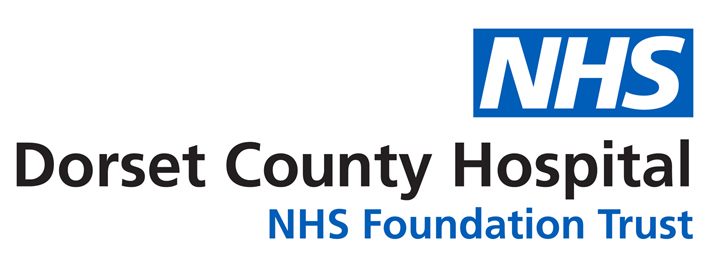Plosive Words to Improve Vocal Cord Closure
What are plosive words?
The aim of these exercises is to improve the closure of your vocal cords. This will improve the quality of your voice by reducing the breathiness and roughness to your voice. You may be recommended these exercises if you have a vocal cord palsy (this is where one of your vocal cords are fixed in position) or if you have age-related voice changes (the vocal cords have become weaker with age).
By creating a good lip seal, you are increasing the intraoral pressure (this is pressure in the mouth which is caused by good lip seal) which allows air pressure to build up below the vocal cords. This then encourages firmer closure of vocal cords.
Say ‘B’
Tip: Focus on creating a strong lip seal. Practice a couple of times if you need to. Use a mirror so you can see your lips.
Take a breath in and say the following phrases
- Big ball
- Betty’s bag
- Box of bananas
- Big brown bag
- Betty’s blue bag
- Bill bought a bat
- Betty bowled a ball
- Bill baked bread
- Big burly boy
- Bouncy baby boy
- Big bad bend
- Buy a bag of beetroot.
Tip: Do not force the voice.
Move on to longer phrases
- Bob bought blackberries by the barrel
- Bouncing basket balls bombarded bamboozled Bill
- Brilliant Barbara baked brown bread
- Billions of buzzing busy bees behind bushes
- Big black boxes bustling with bargain books.
Tip: Allow 10 minutes to complete these exercises. Your speech and language therapist will advise you on how many sets you need to complete. If you do not have time to put aside 10 minutes, try and incorporate these exercises into your day to day life. For example:
- Whilst waiting for the kettle to boil
- During the TV adverts.
Contact numbers
We hope you have found this information useful. If you have any further questions, please contact your SLT.
Your speech and language therapist is:
Please ring the Speech and Language Therapy Department on 01305 255165 for assistance.
About this leaflet
Author: Speech and Language Therapy Department
Written: January 2021
Approved: September 2021
Review date: September 2024
Edition: v1
If you have feedback regarding the accuracy of the information contained in this leaflet, or if you would like a list of references used to develop this leaflet, please email patientinformation.leaflets@dchft.nhs.uk
Print leaflet